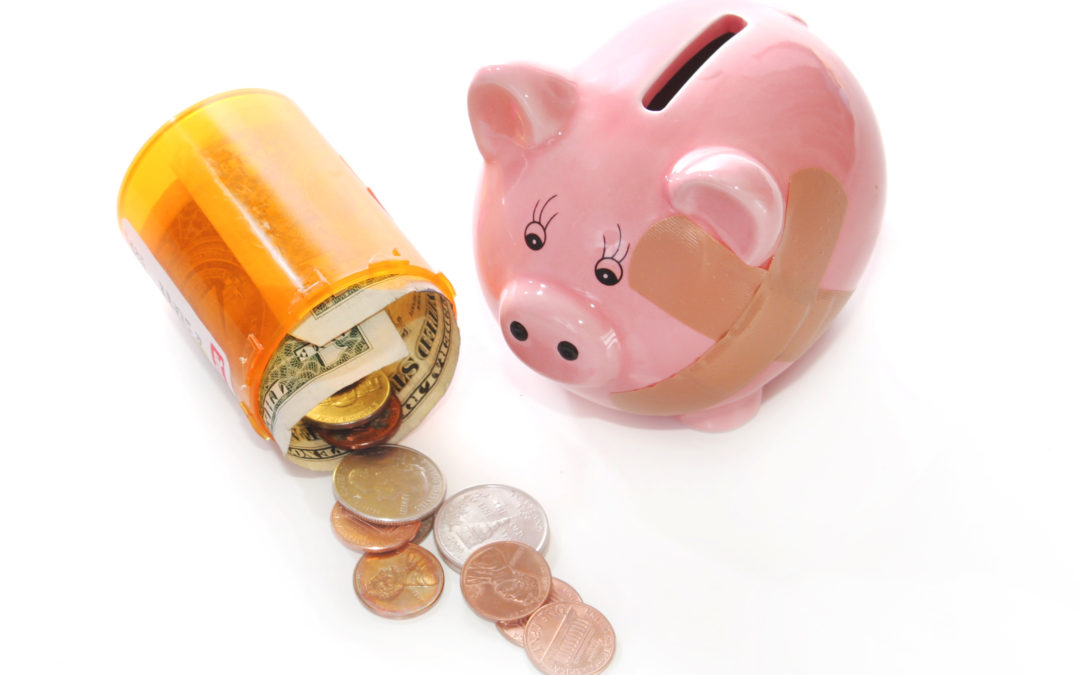CNBC reports that only about three in 10 U.S. adults have six months’ worth of expenses saved in what is dubbed an ‘emergency fund’. Some call it a rainy-day fund. An emergency fund is simply cash saved in a checking or savings account that you can tap when ‘life happens’. Events like a significant auto expense, a health-related event occurring, or some other major one-off item. The last thing you want to do is put such an expense on a high-interest credit card. So, an emergency fund is a great risk management tool for you. At TFC, we believe all of our clients should have one.
How to do it: Like saving for retirement, a good method by which to establish your emergency fund is to direct deposit some money from your paycheck into a dedicated account that you do not touch. It can be a basic FDIC-insured checking or savings account – just make sure there are no fees. It could also be an investment account with us at TFC that earns a competitive money market interest rate. You can even open a Roth IRA with us at TFC and use that to house your emergency savings. The key thing is that the money automatically moves into the risk-free emergency fund without you having to action anything. Like many things in personal finance (and life), automation can make things a whole lot easier.
Other options: There are other things you can use to help pay for a large one-time item. If you have significant equity in your residence, then tapping that could suffice as well. You just have to be very disciplined that you do not use your home’s equity like an ATM as so many people did during the mid-2000s housing boom. Another way to pay for those one-time events is to use a low-interest credit card. This is a danger-zone to those not very careful, so please proceed with caution. If you can secure a 0% interest rate credit card for six months or more and are diligent about paying it off, that could be helpful. What we want to absolutely avoid is putting money on a high-interest rate credit card.
Priority of saving: By now you have heard that you should be contributing money to your retirement, your kids’ college savings, intermediate life goals like perhaps a new house, new car, vacation, or wedding, paying down debt and building an emergency fund. You might feel overwhelmed. TFC is here to help. Sit down with us to determine your plan of attack because there are a lot of financial priorities in life. As a rule of thumb, your first goal should be to contribute to your employer’s 401(k) & any Health Savings Account (HSA) match, often 50% of what you contribute – that’s an instant 50% return on your money. Then pay down high-interest-rate debt (above 6% or so, aka the ‘bad debt’). Once you have those two items done, now build your emergency savings.
Here’s the point:
- Anticipate that life happens and significant one-time expenses will occur.
- The goal of an emergency fund is to have a dedicated account that will help make those expensive life events more manageable and to reduce your risk.
- Consider an emergency fund within the context of a hierarchy or priority of saving.
Action Items:
- Take advantage of the free money your employer offers in your 401(k) match and possible HSA contribution.
- Pay down high-interest-rate debt (6% or more).
- Once you have those items knocked-out, tackle your emergency fund goal of building six months’ worth of expenses in a dedicated, safe account using an automatic deduction from your paycheck.
- Sit down with TFC to prioritize your savings and your financial goals; it can be a big task, but this is what we do. Together we will build a firm foundation for your financial future!
Featured Image: Photo by Stockvault


